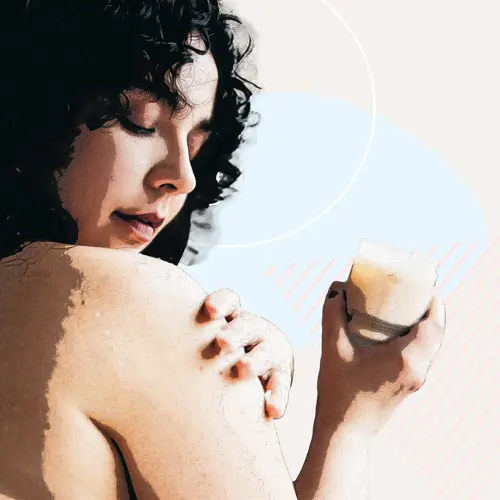What Is a Pustule?
A pustule is a bulging patch of skin that's full of a yellowish fluid called pus. It's basically a big pimple. Several conditions, ranging from something as common as acne to the once-deadly disease smallpox, can cause pustules.
They show up when you have some sort of infection and your body is trying to fight it off with white blood cells. That can result in a mixture of infected fluid and dead white blood cells (pus).
When pus builds up under your skin or in a pore, it can cause a pustule.
Pustule Symptoms
Pustules are small red bumps with white or yellowish centers. They may be tender or sore to the touch.
These bumps can show up on any part of your body. Depending on the cause, you may notice them on your:
- Face
- Neck
- Scalp
- Back
- Upper chest
- Buttocks
- Groin
- Arms and legs
- Hands and feet
Serious symptoms of pustules
Most pustules are harmless. But watch for signs of a serious skin infection, such as:
- Redness
- Swelling
- Pain
- Warmth
Pustule Causes
Several conditions can lead to pustules:
- Acne. This very common skin condition causes pustules that are bigger than typical pimples. They happen when one of the pores in your skin gets so irritated that its walls break.
- Psoriasis. This is a skin condition that causes red, itchy, scaly patches. An infection, stress, certain chemicals, and some medications can all trigger an attack of pustular psoriasis.
- Rosacea. This skin condition usually makes the skin on your face red and causes pimples. But a form of the disease known as inflammatory rosacea can trigger pustules.
- Chickenpox. This childhood disease and other illnesses caused by a related virus cause skin lesions that become pustules as the disease progresses.
- IgA pemphigus. Pustules are also a symptom of this rare disease that makes your immune system turn on itself.
- Smallpox. Pustules were one of the most obvious signs of this deadly disease that killed millions of people in past centuries. Thanks to a vaccine, it isn't a danger anymore, but samples of the virus are locked up in laboratories in the United States and Russia.
Pustule Home Treatment
Many kinds of pustules go away on their own. To speed healing, try these steps:
- Gently wash the area with soap twice a day. Use clean cloths each time.
- Apply an over-the-counter treatment like calamine lotion, cortisone cream, salicylic acid, or benzoyl peroxide gel.
- Stay away from products that can irritate your skin, like cosmetics or sunscreens.
- Don’t touch, pick at, or pop pustules. This can make the condition worse and lead to infection or scarring.
Pustule Medical Treatment
See your doctor if your pustules don’t get better in a few weeks. They’ll treat the condition that's causing them. This may involve medication such as:

